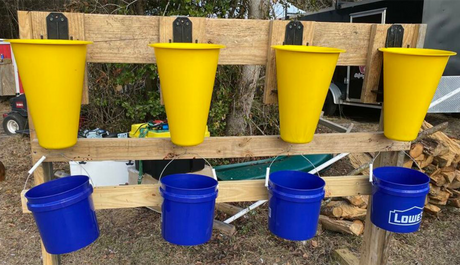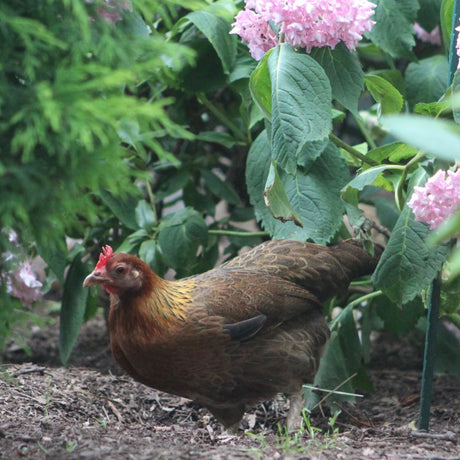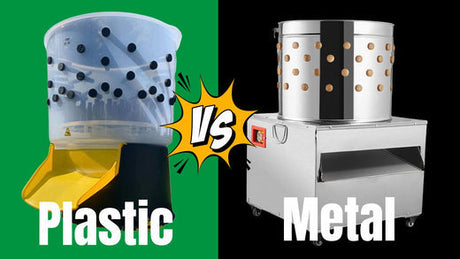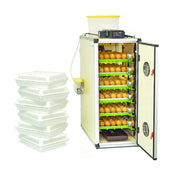The Center for Small Flock Research conducted a three-week trial comparing a galvanized brooder with the Hatching Time 4-level brooder for raising broiler chicks. This study highlights differences in feed efficiency, labor, and energy use between the two systems.
Results showed that while chicks in the galvanized brooder grew slightly larger, they consumed 70% more feed and wasted more due to billing. In contrast, the Hatching Time brooder offered better feed conversion ratios (FCR), less feed waste, and more efficient labor management thanks to larger feeders and automatic watering.
On energy savings, the galvanized brooder cost 83% more to operate ($16.32 vs. $9.07 for one Hatching Time level). Managing four levels of the Hatching Time system required no more effort than a single galvanized unit, making it both time and cost-efficient.
🛒 Explore our full line of Chick Brooders
📦 Shop Poultry Supplies





